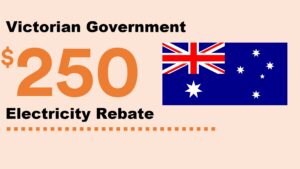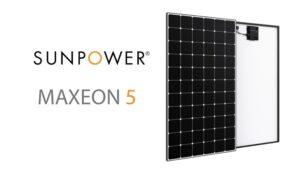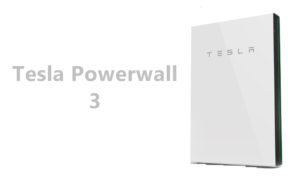
As the Australian market continues to embrace solar energy, understanding the specifics of solar panel sizes, dimensions, and weight becomes crucial for homeowners and businesses looking to make the switch. This guide will explore the standard solar panel sizes, their dimensions, and weight, providing a comprehensive overview tailored to the Australian context.
Solar Panels in Australia
Australia’s sunny climate makes it an ideal location for solar energy production. With an increasing number of households and businesses opting for solar power, the demand for information on solar panel specifications has never been higher. Solar panels come in various sizes and capacities, catering to different energy needs and roof spaces.
Standard Solar Panel Sizes
Solar panels are categorized mainly into two types: residential and commercial. Residential panels are smaller, designed to fit on the roofs of homes, whereas commercial panels are larger, intended for business premises with more considerable energy requirements.
Residential Solar Panels
Typically, the most common residential solar panel size in Australia has dimensions of about 1.6 meters in length by about 1 meter in width. This size is designed to balance efficiency and the practicalities of roof installation. On average, these panels weigh approximately 18 to 20 kilograms, making them manageable for most roof types without necessitating structural reinforcement.
Commercial Solar Panels
Commercial solar panels are larger, with dimensions stretching up to 2 meters in length and about 1 meter in width. These panels are designed to harness more sunlight, given the higher energy demands of commercial properties. They can weigh between 20 to 25 kilograms each, requiring a sturdy mounting surface to accommodate the added weight.
Solar Panel Capacity and Efficiency
The size of a solar panel directly impacts its capacity, measured in watts (W). Residential solar panels typically range from 250W to 400W per panel, while commercial panels can exceed 400W, depending on their size and efficiency.
Efficiency is a critical factor in selecting solar panels. It refers to the percentage of sunlight that can be converted into usable electricity. In the Australian market, solar panel efficiency ranges from about 15% to more than 22% for the most advanced models. Higher efficiency panels are generally more expensive but can generate more electricity in smaller spaces.
Understanding Solar Panel Dimensions
The dimensions of a solar panel are vital for planning and installation. Most residential roofs in Australia can accommodate the standard size of solar panels, but it’s essential to measure the available space accurately. Considerations should include roof shape, shading from trees or structures, and orientation towards the sun.
When planning a solar installation, it’s also crucial to account for the spacing between panels and the edge of the roof. This spacing is necessary for maintenance access and to ensure the panels perform efficiently without being affected by shading or debris accumulation.
The Weight Factor
The weight of solar panels is an important consideration, especially for older homes or structures with limited load-bearing capacity. Before installation, a structural assessment might be necessary to ensure the roof can support the weight of the panels, especially if a large system is planned.
Innovations in solar technology have led to the development of lighter, thinner panels without compromising on efficiency. These advancements are particularly beneficial for installations where weight is a critical concern.
Choosing the Right Solar Panel for Your Needs
Selecting the right solar panel size, dimensions, and weight involves considering your energy needs, roof space, and budget. For most Australian homes, standard residential panels offer a balance between efficiency and practicality. However, for properties with limited roof space or higher energy demands, investing in higher efficiency panels might be the best approach.
It’s also advisable to consult with a professional solar installer who can assess your property and provide recommendations based on your specific situation. They can help you navigate the complexities of solar panel specifications and ensure that your solar system is optimized for your energy needs and roof characteristics.
Conclusion
The Australian solar market offers a wide range of options for those looking to harness the power of the sun. Understanding the solar panel sizes, dimensions, and weight is a crucial step in planning an effective solar energy system. By considering these factors, alongside efficiency and capacity, Australian homeowners and businesses can make informed decisions that maximize their investment in solar energy. With the right solar panels, you can enjoy sustainable, clean energy for years to come, reducing your carbon footprint and contributing to a greener Australia.







2 thoughts on “Solar Panel Sizes, Dimensions & Weight: How big it is?”
Comments are closed.